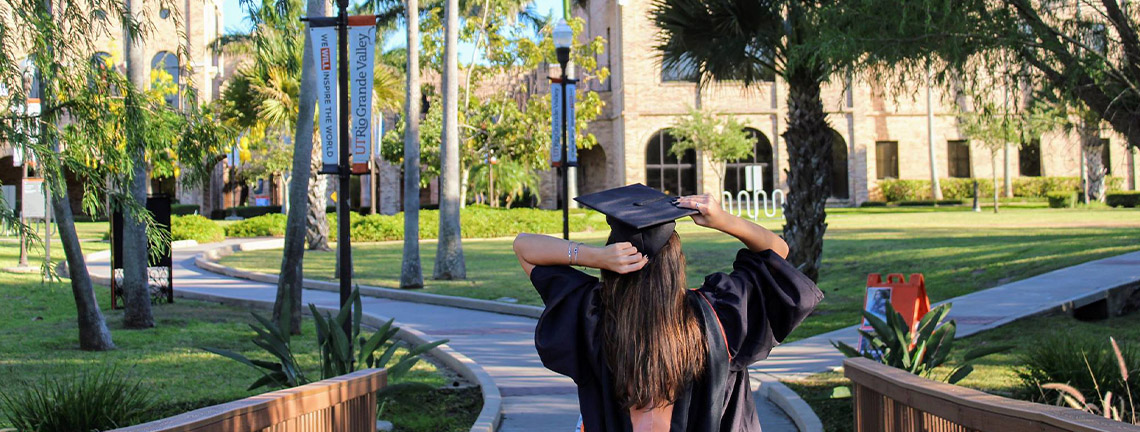
Theses and Dissertations
Progress and Potential of Two Biological Control Agents of the Invasive Giant Reed (Arundo donax L.)
Date of Award
5-2018
Document Type
Thesis
Degree Name
Master of Science (MS)
Department
Biology
First Advisor
Dr. Alexis E. Racelis
Second Advisor
Dr. Mohammed Farooqui
Third Advisor
Dr. Yonghong Zhang
Abstract
Biological control, or the use of natural enemies for pest management, may the best long-term option for managing the invasive Arundo donax , a noxious weed dominating riparian habitats globally and along the Rio Grande River. This work reports on the progress and potential of two arundo biological control agents permitted for release in Texas and Mexico. The arundo wasp, Tetramesa romana, released in 2009, is having significant impacts as reported from various field locations around the world, described here using standard exit hole counts. The highest density levels were found in Texas (introduced range) compared to relatively low populations in the native range (ave. exit holes = 79.98, p = 0.001 and 4.81, p = 0.001 respectively). Lasioptera donacis, the arundo leaf miner, is currently permitted for release in North America. Field research was conducted in the native range of L. donacis (Greece) to evaluate the biotic and abiotic factors that influence population density. Lasioptera donacis feeding damage was documented on 40.4 and 67.8 % of dead and decaying leaf sheaths respectively across all sites. Lasioptera donacis was active in all locations including highly disturbed sites, but showed a slight preference for sites near running freshwater sources (R = -0.514, p = 0.001) and lower densities adjacent to salt water sources (R = 0.463, p = 0.001). The environmental preferences of L. donacis in Europe signal strong potential for impact in the U.S. where A. donax is invasive.
Recommended Citation
Marshall, Madeline, "Progress and Potential of Two Biological Control Agents of the Invasive Giant Reed (Arundo donax L.)" (2018). Theses and Dissertations. 269.
https://scholarworks.utrgv.edu/etd/269


Comments
Copyright 2018 Madeline Marshall. All Rights Reserved.
https://www.proquest.com/dissertations-theses/progress-potential-two-biological-control-agents/docview/2097271903/se-2?accountid=7119